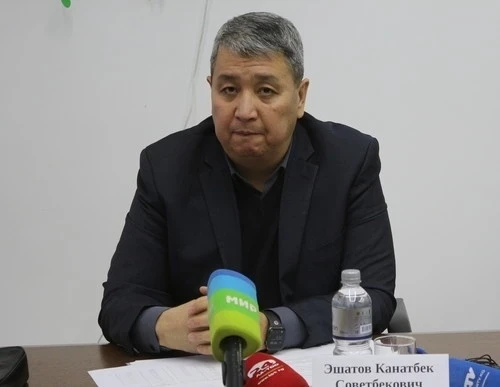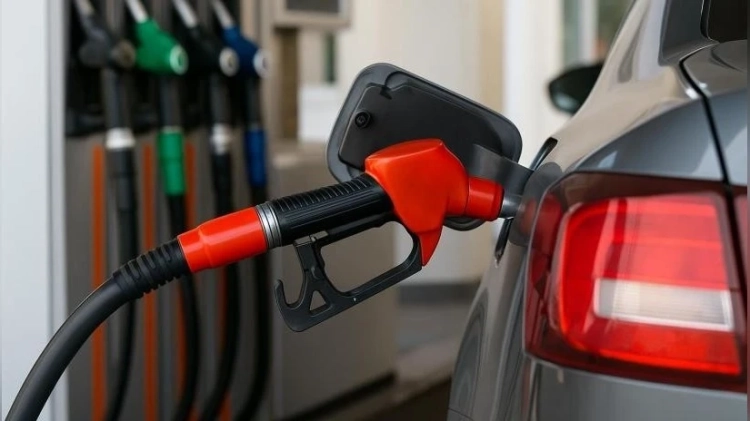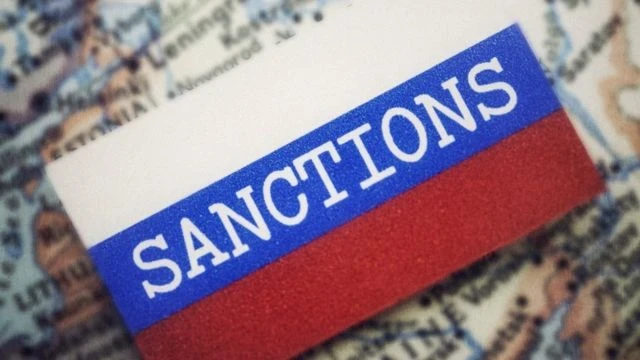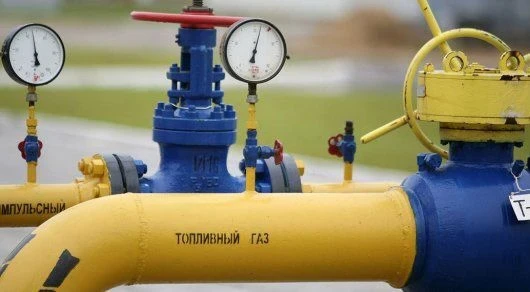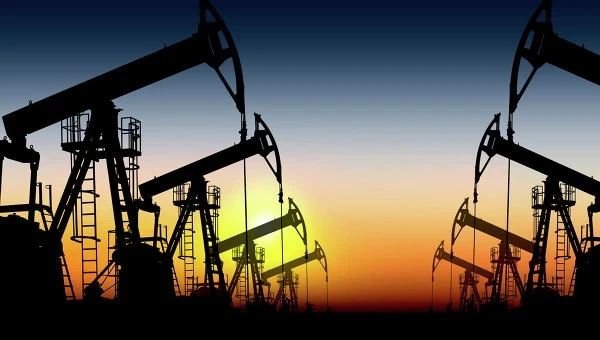
As previously reported, an accident occurred at the Orenburg gas processing plant due to a drone attack, which led to the cessation of raw material intake from the Karachaganak field. It was also noted earlier that in 2026, the volume of oil pumped through the CPC may slightly decrease due to planned repairs in Kazakhstan. These events raise the question again: how can a country that produces an average of 85-90 million tons of oil per year experience a fuel shortage? Kazakhstan has all the capabilities to supply the domestic market and export, but the situation remains complex. The government has approved the "Concept for the Development of the Oil Refining Industry of the Republic of Kazakhstan for 2024-2050," which plans to build a new refinery with a capacity of 10 million tons per year between 2032 and 2040. However, experts doubt that the concept will be implemented.
According to official data, Kazakhstan is developing 295 fields with the participation of 104 oil and gas extraction companies. Since 2017, the country has consistently produced 85-90 million tons of oil per year, of which 17-18 million tons are refined, and 13-15 million tons are petroleum products, mainly gasoline, diesel fuel, and aviation fuel. The remaining oil is exported.
The fuel produced at the three major refineries — Atyrau, Pavlodar, and Shymkent — is insufficient to meet domestic demand. Kazakhstan regularly imports small batches of diesel and gasoline, as well as nearly a third of its aviation fuel. All three plants operate at full capacity, while demand for fuel continues to grow.
To achieve fuel self-sufficiency, it is necessary to increase the capacities of existing refineries and build at least one new plant for the export of petroleum products.
Currently, the government, together with the owners of the Shymkent refinery — the national company "KazMunayGas" and the Chinese CNPC — is implementing a project to double the plant's capacity: from 6 to 12 million tons per year. The construction, which costs $6 billion, is planned to be completed by 2030. However, by that time, domestic fuel demand will also increase due to the growing number of cars and rising transit flows, which may lead to a shortage for export.
There is also a problem with providing refineries with raw materials. Oil is mainly supplied by "KazMunayGas" and independent extraction companies (IECs). However, the fields developed by small companies are depleting, and their production is declining.
“The water cut in their oil reaches 85%. That is, out of 100 liters of raw material, only 15 liters of pure oil is obtained, the rest is water,” notes Askar Ismailov, an oil and gas industry expert.
Moreover, IECs cannot attract investments to maintain and increase production, as they are forced to sell oil on the domestic market at prices 1.5-2 times lower than market prices. This leads to a decrease in revenues.
To improve the situation with IECs and reduce illegal fuel exports, in February, the Ministry of Energy abolished price regulation for AI-92 gasoline. However, this is not enough to improve the situation for private extraction companies.
“So far, the profits from rising gasoline prices go to the budget and gas station networks, while oil workers continue to remain in the same conditions,” adds Ismailov.
According to him, the state has increased excise taxes on fuel, which continues to leave extraction companies at a loss.
Tengiz Oil as a Solution to the Problem
The contract for the development of the Tengiz field expires in 2033. Currently, it is operated by Tengizchevroil (TCO), which includes American companies Chevron (50%), ExxonMobil (25%), Russian Lukoil (5%), and KMG (20%). Tengiz oil is mainly exported. However, after the contract expires, it can be arranged for the field to supply oil to Kazakh refineries.
“We have an acute issue with raw materials for refineries. One of the conditions for extending the contract could be the operator's obligation to supply certain volumes of oil to the domestic market. TCO may lose revenue due to low domestic prices, but without Tengiz oil, it will be difficult to supply the refineries,” believes Ismailov.
According to his estimates, by 2033, production at Tengiz could fall by 20% from current levels. If it currently reaches 40 million tons per year, by 2035 this number could decrease to 25-30 million tons, of which TCO could sell 5-7 million tons on the domestic market.
“In principle, it would be reasonable to build a new plant with a capacity of 10-12 million tons. If the Atyrau plant were at least as old as the Pavlodar and Shymkent plants, the risk of its shutdown would be significantly lower,” explains the expert.
The Atyrau refinery has undergone three modernization stages from 2003 to 2018, but according to Ismailov, this has not led to significant improvements, as modernization did not mean a complete replacement of equipment.
“New units have been installed there, but the old ones remain. Primary processing is carried out on equipment launched in 1947. To say that modernization has solved all problems is incorrect,” emphasizes Ismailov.
In his opinion, the plant could already be closed and a new one built to solve the environmental problems arising from its operation, although the Atyrau refinery shows that emissions are within acceptable limits.
On the other hand, if the Atyrau refinery stops, it will lead to the loss of a third of the country's refining capacity, which will cause a shortage of petroleum products and require imports. Therefore, it is necessary to reduce this risk, and the construction of a new plant with a capacity of 10-12 million tons per year will solve this problem.
The State Acknowledged the Problem but is Not Acting
This year, the government approved the "Concept for the Development of the Oil Refining Industry of the Republic of Kazakhstan for 2024-2050," which outlines the need to build a new refinery with a capacity of 10 million tons per year between 2032 and 2040.
Nevertheless, experts believe that the concept is not binding and does not guarantee the implementation of the project.
“A binding document is needed, which will be a strategic plan with clear accountability for its implementation. When a document is called a concept, it leaves room for changes and carries no responsibility. Today we can write that a new refinery is needed, and tomorrow — that it is not needed,” emphasizes Ismailov.
Kazakhstan could export petroleum products to neighboring countries such as Kyrgyzstan, Uzbekistan, and Afghanistan, which need fuel. Therefore, building a new refinery and exporting surpluses is a necessary measure.
The expert notes that the government has finally realized the need for a new refinery, although it previously resisted this idea.
“In the last 3-4 years, when I raised the issue of the need for a fourth refinery, I faced resistance. This opinion was shared by both KazMunayGas and the Ministry of Energy. They said that a new refinery was not needed, based on the conclusions of consultants such as Boston Consulting Group and IHS Markit,” says Ismailov.
In his opinion, the oil industry will gradually decline, and we must develop other sectors of the economy, such as a transport hub, as Kazakhstan is located on key routes between Western China and Western Europe.
To increase cargo flows through Kazakhstan, it is necessary to ensure a sufficient amount of fuel; otherwise, transit flows may decrease, and no one will be interested in using our highways. Therefore, a fourth refinery is needed.
Ineffective Investments in Modernization
Currently, Kazakhstan exports more than 70% of its oil, while about 30% is processed domestically. Exporting petroleum products is more profitable than raw oil, but a number of key issues must be resolved for this, believes analyst Abzal Narymbetov.
First, it is necessary to establish relationships with investors from the three major fields (Tengiz, Kashagan, and Karachaganak) for purchasing oil at international prices (minus transportation costs).
Second, the construction of the fourth refinery should be financed by private investors who will be interested in selling petroleum products at market prices, both in domestic and external markets.
According to Narymbetov, the state and KMG should not participate in this process.
“More than ten years ago, a decision was made to modernize the three existing refineries instead of building a new one. About $7 billion was spent on modernization. Although the capacities of the three refineries have increased, they cannot provide the domestic market with the necessary volume of fuel,” notes the expert.
In his opinion, this $7 billion should have been directed towards building a new plant. Abroad, for such money, it is possible to create not only a refinery but also a large petrochemical complex, while in Kazakhstan, the implementation of any project costs much more.
At the same time, fuel consumption in the country is growing, and the deficit will increase. Currently, Tengiz, Kashagan, and Karachaganak produce about 70% of all oil in Kazakhstan, and this share could grow to 80%. It is necessary to create market conditions so that companies operating in these fields are interested in supplying oil to the domestic market, processing, and exporting petroleum products.
“We found ourselves in this situation due to an incomplete transition to a market economy and insufficient implementation of market mechanisms. We sell petroleum products on the domestic market with subsidies, and if we start exporting, a deficit will arise in the domestic market. If ten years ago, instead of the $7 billion spent on the modernization of three refineries, we had built a fourth, the situation would be different,” concludes the expert.



